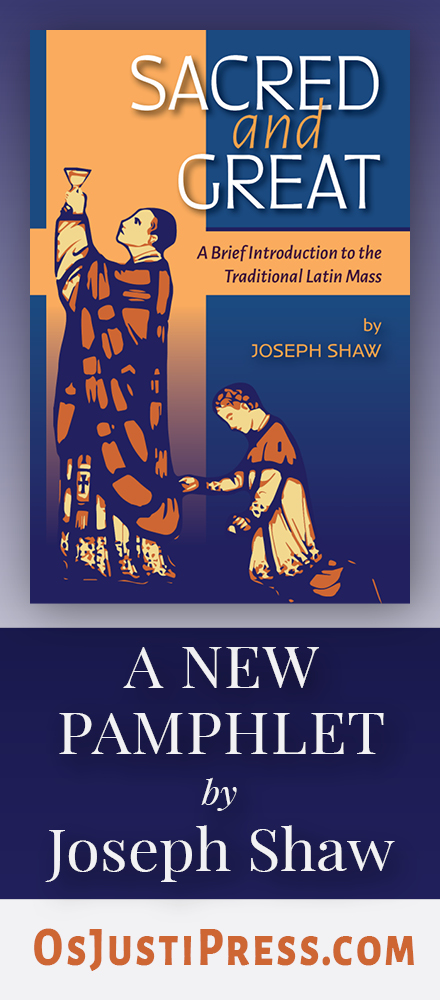One of the great benefits of the internet and digital imaging, ironically, is the increased availability of medieval illuminations. I was recently notified that the British Library has now made the Sherborne Missal available online to the public. The original was completed at Sherborne Abbey in Dorset, England, around the turn of the 14th century (1399-1407).
You can see the introductory page on the British Library site here, and the reproductions of the nearly 700 pages here. The British Library now has over 800 manuscripts online.The Feeding of the 5,000
The British Library blog entry on the release of the Missal has more photographs and interesting insights into the artists.The principal artist, a Dominican friar named John Siferwas, included his portrait and coat of arms several times in the manuscript. In one extraordinary instance, he depicted himself floating in the lower margin, his habit entwined around the branch of a rose bush which forms the lower border to the page, in the same way that angels are represented throughout the manuscript. Another of his surviving works is the Lovell Lectionary commissioned by John, Lord Lovell, for presentation to Salisbury Cathedral.
The Sherborne Missal also provides portraits of the master scribe, John Whas, who was probably a monk of Sherborne Abbey. Whas recorded his name in several colophons, for example, emphasising the physical effort of scribal work: “John Whas the monk has worked to write this book, and rose early, his body becoming much wasted in the process.” (Librum scribendo Ion Whas monachus laborat, Et mane surgendo corpus multum macerabat, p. 661).
| Self-portrait of John Siferwas, the artist of the manuscript, floating or kneeling in the lower margin, his habit entwined around the border of roses. |
As a result of this, these ancient works can be seen by more people than ever before. One hopes that their availability might inspire more creation of beautiful works by artists today. I am not so interested in the emergence of new illuminated manuscripts, as in new forms that participate in the tradition but are more likely to be seen and used in order to promote faith and the Faith. We might see, for example, art that is created to be seen primarily via electronic media - exactly how you are viewing this page now!






















